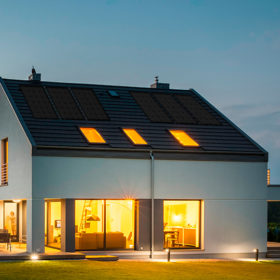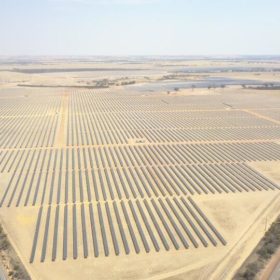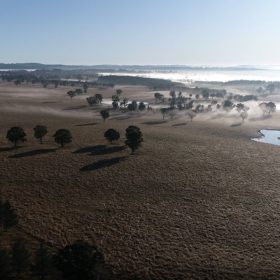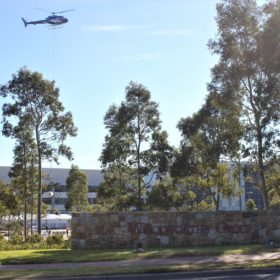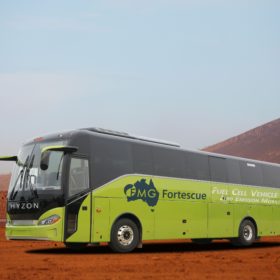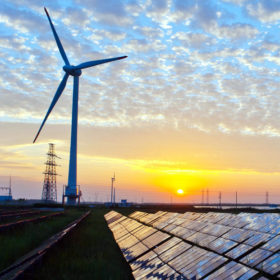Social Energy and SolaX team up for a FIT deal
Following on from Social Energy’s launch in Australia late last year, the UK company has teamed up with SolaX to offer a rather appetising feed-in-tariff deal to go with a combined solar and energy storage system.
BlueScope invests in NSW’s future with $20 million Renewable Manufacturing Zone
Steel giant BlueScope is backing the NSW Government’s ambitious renewable infrastructure plan through a $20 million investment into the development of a Renewable Manufacturing Zone at its Port Kembla site in the Illawarra. The investment seeks to encourage innovation in the renewable sector and work towards the Government’s goal of constructing the state’s Renewable Energy Zones with local materials.
Danish investment fund backs 5 GW WA renewable hydrogen project
Danish investment firm Copenhagen Infrastructure Partners has given its partnership to Hydrogen Renewables Australia as it looks to develop the 5,000 Mw Murchison Renewable Hydrogen Project near Kalbarri in Western Australia. The project looks to utilise Australia’s best wind and solar resources to produce hydrogen fuel for export to nations such as Japan and Korea.
Sunny side up? Australia’s egg industry gets a solar boost
Egg production is an extremely efficient industry, thanks to the chicken, but electricity consumption remains a hurdle to industry sustainability. The Australian Eggs new Solar Calculator cracks the code on optimal system size, savings and CO2 abatement for small-to-medium-sized egg farms.
FRV to develop 115 MW Metz Solar Farm
Spanish developer Fotowatio Renewable Ventures (FRV) has reaffirmed its presence in the Australian renewable energy marketplace by adding the 115 MW Metz Solar Farm to its solar portfolio.
VIC solar industry braces for post-lockdown release of pent-up demand
As Victorians fly out of lockdown and into the thick of summer the solar industry is preparing for the release of pent-up demand for solar which was hungered for during lockdown but went unsatisfied. pv magazine Australia sat down with AC Solar Warehouse’s Grant Behrendorff to gauge the backlog of installations and talk shop in the approach to a bumper summer.
Woolies makes fresh renewables pledge
Australia’s largest retailer, the Woolworths Group, will power all of its operations with renewable energy by 2025 as part of a new and ambitious sustainability pledge.
Fortescue Metals unveils massive solar ambition
Iron ore mining giant Fortescue Metals Group has revealed ambitious plans to build one of the biggest renewable energy portfolios in the world, delivering more than 235 GW of renewable capacity, or five times the current capacity of Australia’s National Energy Market.
SwitchDin teams up with Fronius on remote PV control
Energy management software company SwitchDin has urged operators in the Australian renewable energy market to work collaboratively as the decentralised generation model becomes increasingly dominant.
October’s QLD energy price spike ‘harbinger of things to come’
On Tuesday 13th October 2020 Queensland’s electricity spiked from approximately $25/MWh to $15,000/MWh (the current market price cap) in response to a tripping incident involving the constraint of 11 solar farms and one wind farm. The event is being seen as illustrative of just what needs to be addressed in the design of NEM 2.0.
